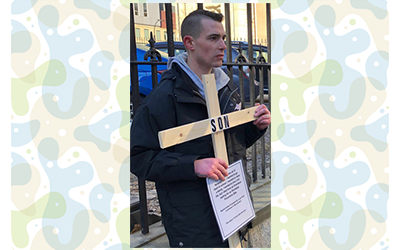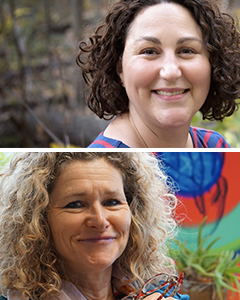Modèle directeur pour guider les efforts d’élimination de l’hépatite C au Canada : Une approche basée sur les populations prioritaires et l’équité en matière de santé – Deuxième partie
29 août 2019 • Par Jennifer Broad, Sandra Ka Hon Chu, Lindsay JenningsCe billet de blogue est un suivi d’un autre billet qui a été publié le 27 août, 2019 sur le Modèle directeur pour guider les efforts d’élimination de l’hépatite C au Canada.






